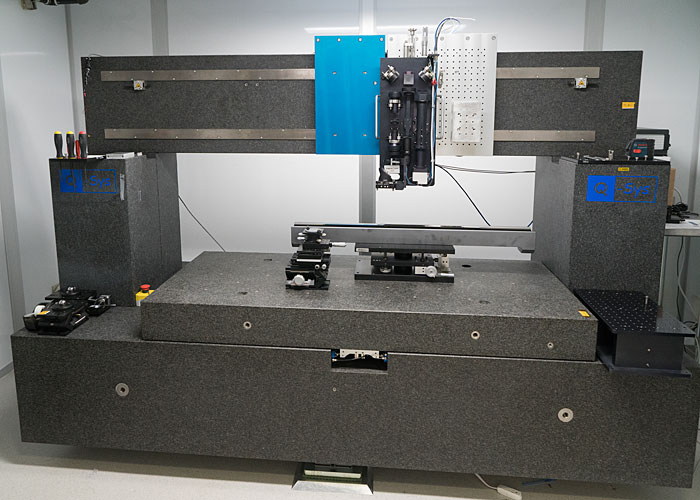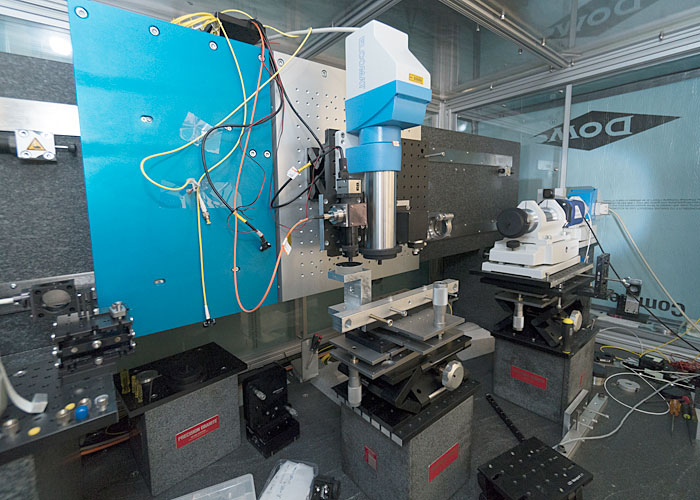
Optical and At Wavelength Metrology Team
During the last decade, we have seen an ultra-fast progress in X-ray optics performances directly linked to the development of the necessary metrology tools used to control these optical components. These metrology tools are necessary for the fabrication (to guide some polishing deterministic process) and also for the ultimate characterization used to validate surface parameters (often inside their own mechanical support) prior to installation in the beamline.


It is now necessary to characterize optical surface figure, slope errors and roughness on meter-long optics over spatial frequencies as short as 0.1 mm and with slope errors reaching less than 100 nrad rms or surface figure errors close to 1 nm in order to not spoiled and preserve the high brightness made available by third and fourth generation synchrotron/FEL sources.
For this purpose, the NSLS-II Optical Metrology Laboratory (NSLSII-OML) includes commercial instruments for measuring long spatial frequency figure errors, mid spatial frequencies and high frequency roughness and had started the development of new instruments for slope errors measurements able to reach 50 nrad slope error accuracy.
Effort towards the construction of new instruments with stitching capabilities using FIZEAU interferometer or Shack Hartmann Wavefront Sensor and software configurable optical test (SCOTS) stations are also under consideration to be able to perform 2D mapping of the optical surfaces in order to feed a deterministic polishing process based on ion beam figuring (under development in collaboration with the NSLS II Optical Fabrication Group).
In the same time, it also becomes clear that in-situ and at-wavelength metrology methods can be used not only to optimize the performance of X-ray optics, but also to correct and minimize the collective distortions of upstream beamline optics, including monochromators, and transmission windows. R&D activities toward this development are also investigate in the NSLSII-OML.




